10 Wine Tips That’ll Make You Sound Like A Badass
These wine tips will help you understand some of the strangest bits of language used by wine experts.
Have you ever seen a group of sophisticated wine drinkers spit hundreds of dollars of wine out? This is a common occurrence at professional tastings!
Here are 10 tips to help you fake your way through the wine tasting process.
1. Try “Interesting” if you’re not sure what to say.
This is the noncommittal word of the year. Do not panic. Just swirl the wine and sniff it. Then, mutter “Interesting …”” to yourself. You can use it to buy yourself some time as you try to remember what the difference is between a nectarine and a peach, or decide whether you want to admit that you don’t like the wine you just drank.
The wine-tasting process can be learned quite easily.
2. You can hold your glass either by the stem or base.
It may seem snobby to be concerned about this, but it is actually practical. To wine professionals, temperature is an important factor. We’ve heard people argue about a single degree.
Holding a glass in a particular way, is also the secret handshake for the elite of wine.
3. The wine may be “closed” if you cannot smell it.
The majority of us will be able smell any wine no matter how subtle (unless you have anosmia). Some wines can be difficult to smell.
Why? There are a few reasons. One reason is that wines are stored in a bottle without oxygen for up to a year. The chemical reactions that age the wine use other elements than an “O” to accomplish this task. This is why decanting red wine is so important.
4. The word “expressive” is a winner.
Does the wine smell like perfume or a crazy aroma? Are the aromas as loud and flamboyant as your drunken aunt at a wedding or are they more subtle?
It’s better to use “expressive” when describing a friend than “they won’t stop talking.” Maybe “expressive’ is too grandiose? We don’t think so! Try these words: exuberant (you 8th grade English teacher will be impressed! ), lively, vibrant, animated showy, substantial bountiful and magnanimous ).
5. Spitting is not only acceptable, but also classy.
This is by far the most bizarre of all wine tips. You don’t have to spit all the time. Spitting is great if you are going through a lot of bottles (nothing your mother told you as a child). This keeps you focused on “tasting,” rather than “drinking,” and sober.
What is more important, however, is to improve your spitting technique. This can make a real difference.
6. It’s odd that “spicy wine” doesn’t exist.
In wine, the word “spicy”, isn’t used. It’s confusing to see how many spices are mentioned in notes, including cloves, anise and black pepper.
Use specific words, such as “peppery,” “leathery,” or “leathery,” when you detect “spice.” If the wine has a sharp taste, it may have high acids.
7. Wines with high alcohol content are called “hot.”
Alcohol is hot. It’s the alcohol that burns down your throat, sending up steam like a pot of boiling water. The alcohol level in wine is interesting because it increases ‘s perception of the body.
The alcohol content of wine can range from 5 to 24%.
8. A good clinking practice is always a good idea!
Many theories exist about the origins of the tradition of clinking glass. There’s no proof that paranoid leaders sprayed wine together in order to avoid poisons.
One thing is for certain: The bowl is the most powerful part of the glass, and it makes that lovely bell sound which has become the national anthem to wine drinkers around the world. It’s good manners to look at your partner when you toast them. You wouldn’t do a slow dance and keep your eyes on the person you were dancing with, would you? Second thought, you shouldn’t answer the question…
9. Know your preference: Fruity vs. earthy?
There’s no scientific proof that wine falls into two distinct categories. Those with fruitier notes and those with earthier, savory “terroir” notes. Imagine the difference between a bold, big red wine with berry flavors and a lean red with complex flavors which hint at the soil from where the vines were sourced.
You can taste both styles of wine at the same tasting.
10. When all else fails blame the terroir.
Terroir is probably the most overused and misused word in wine.
Terroir is a term that encompasses all of the factors which contribute to the uniqueness of a wine: the soil, weather, culture, geography, etc. (and more depending on whom you ask). Science can only offer a small amount of insight into what is going on.
For now, if you cannot explain why a particular wine tastes as it does, you might have the terroir.
It’s fun to learn about wine. You can look like a badass in front of your friends. There is much more to learn about wine than these 10 tips.
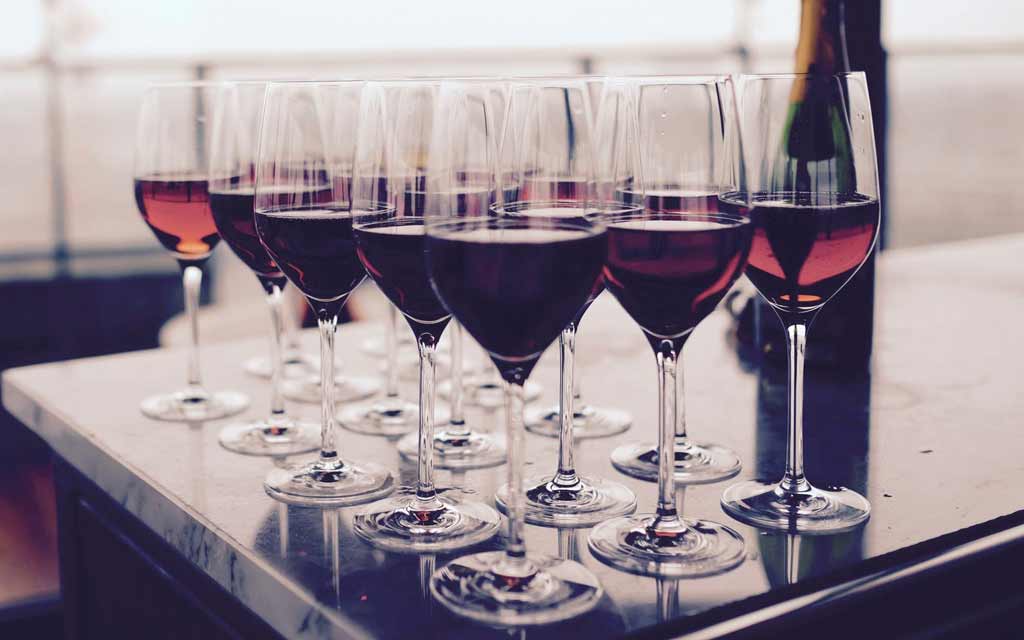

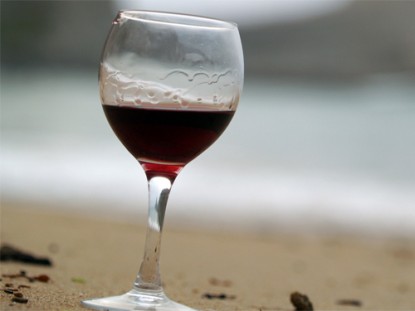
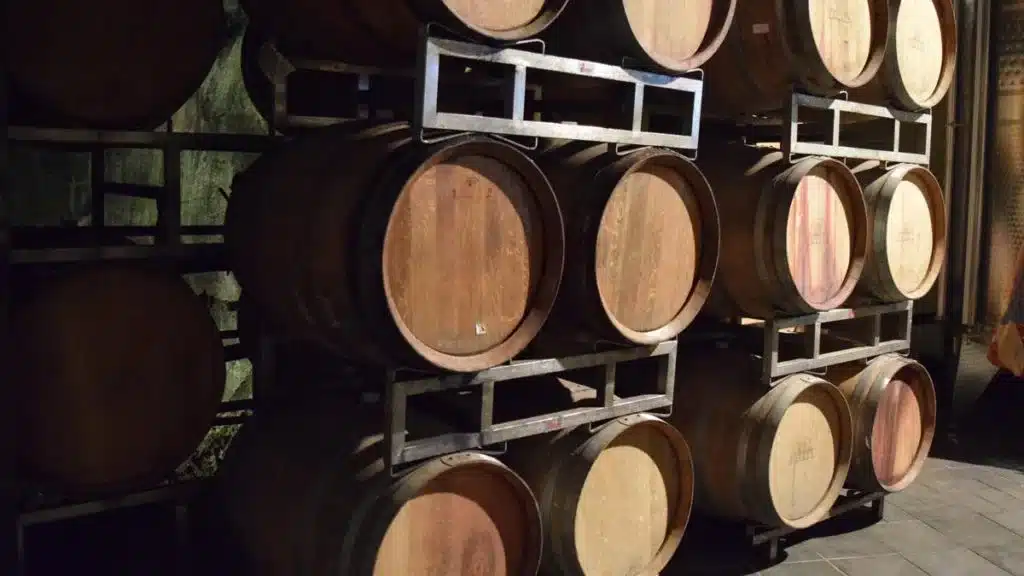
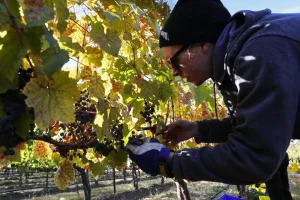
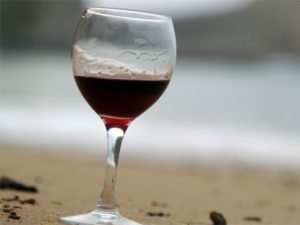
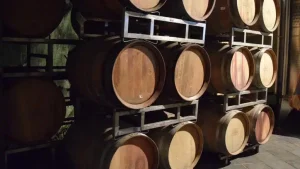
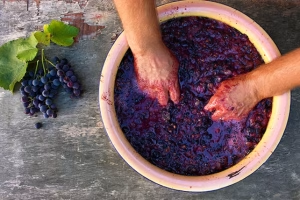
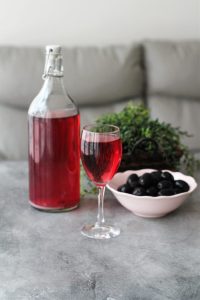



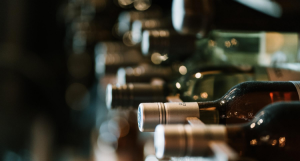

Post Comment